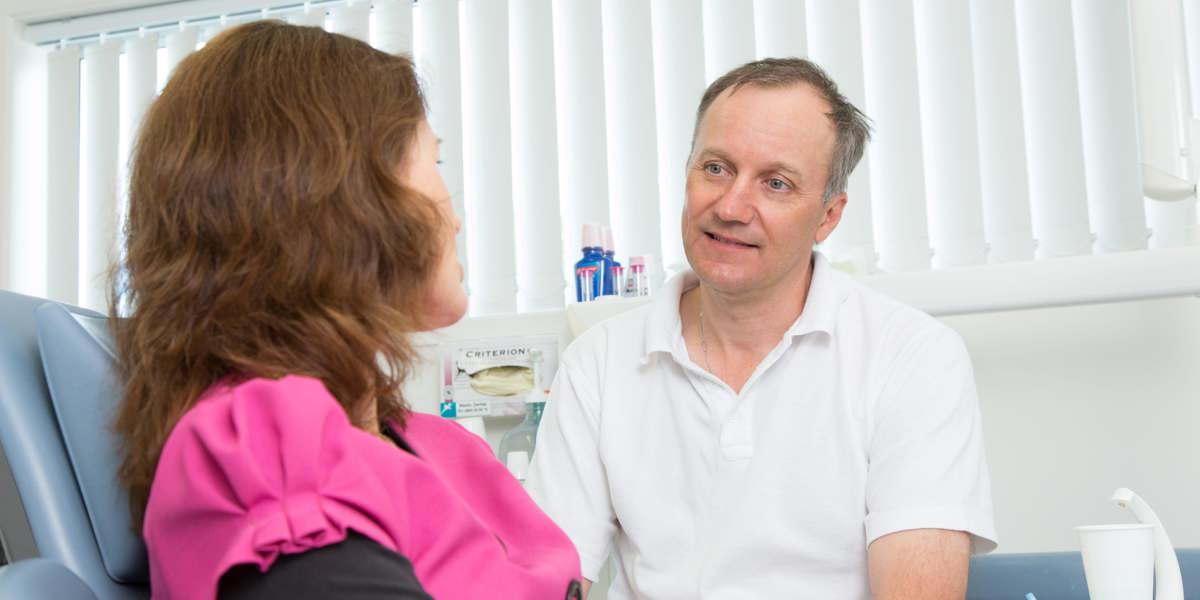
More education and targeting resources in the right place is what is needed to curb recent and devastating child oral health statistics.
Dr Chris Brooks, lead dentist at Lumino City Dental on the Park in Tauranga says a recent Bay of Plenty Times article outlining the statistics are a snapshot of what is becoming an “increasing problem around New Zealand.”
“It is systematic of the situation around the country,” he says.
The recent article outlined the number of rotten teeth having to be pulled out of the mouths of children in the region, with some experts saying poverty, a lack of dental therapists and poor parental choices are to blame for the high number of extractions.
Figures released to the Bay of Plenty Times under the Official Information Act from the Bay of Plenty District Health Board show about 1500 teeth were extracted in 2017 from 1200 children aged 0 to 13 due to decay. Data revealed 300 had to be done under general anaesthetic and tooth decay was one of the most common reasons for children’s admissions to its hospitals.
Nationally, 36,000 teeth were extracted from children last year.
“Obviously we have an issue with obesity and diet in New Zealand,” says Chris. “Poor diet is directly related to dental decay.”
Chris agrees that to a degree, there is a lack of education by parents and that there needs to be more targeted resources.
“Unfortunately this crisis is about a lack of education and resources,” he says. “We need to stop that cycle of decay that we’ve been seeing…if we can establish good habits at a young age then that follows through to future generations.”
Chris says in order to break the cycle, the education of parents and whanau should start at the antenatal stage of parenting.
“Preparation for the responsibility of a child and their welfare is paramount if we are to reduce the risk of diseases such as dental decay, diabetes and obesity in New Zealand. It is not only parents that require support, an understanding by grandparents and other family members of the prevention and causes of such health issues, is equally important,” he adds.
He agrees that some families are more vulnerable than others but that there are “many contributing factors.”
“A fear of the dentist still exists,” he adds. “ However, the profession has progressed a long way to prevent these fears from being realities.”
Prevention rather than cure
Chris says there’s too much “bottom of the cliff” treatment needing to be performed by dental clinicians and more resourcing needs to go into prevention.
“We need to target prevention as opposed to cure,” he says.
“Prevention is not only cheaper than cure, but the message can also reach other members of the community, not just children, thus spreading the overall health benefits. Targeting resources towards both education and preventive treatments would allow forthcoming generations to benefit from better dental health,” he adds.
Water supply – to fluoridate or not?
The Bay of Plenty Times article quotes NZ Dental Association (NZDA) president Dr Bill O’Connor as saying Tauranga’s water needs to be fluoridated to combat the problem.
The association is a strong advocate for community water fluoridation ”which reduces decay by up to 40 per cent”.
On December 7 1992, fluoride injections into the Tauranga water supply stopped following a referendum which divided the city.
Dr Fred Calavassy, Clinical Director at Lumino the Dentists and Maven Dental Group in Australia, says the more we can do to prevent dental decay, the better.
“Decay is a multi-factorial disease process which happens to be the most common communicable disease in the world, so the more we can do to prevent such a disease the better it will be for people suffering with decay and for those yet to develop the condition.”
Fred says there is much controversy around the addition of fluoride in water supply, however we shouldn’t forget how fluoride was discovered to assist in the prevention of decay in the first instance.
“Back in the early 1900’s in Colorado, USA, it was discovered that there was a high proportion of teeth which had developed brown “mottling” and these teeth were extremely resistant to developing decay. It was later determined that this was due to fluoride, a naturally occurring element in the water supply of the area. It was later determined that the best concentration of fluoride in the water supply which led to decreased decay rates and which did not cause brown “mottling” of the teeth was 1 part per million (ppm).”
“In 1945, Grand Rapids, Michigan became the first city in the world to fluoridate its drinking water. Following a 15-year project in Grand Rapids whereby researchers monitored the effects of decay rates in children following the addition of optimised fluoride levels in the drinking water, it was noted that the caries rate among Grand Rapids children born after fluoride was added to the water supply dropped more than 60%,” he says.
Fred says that people who are concerned about artificial addition of fluoride to water supply, should talk to their dental clinician.
He adds, “there are alternatives to fluoride that are derived from the milk protein, casein for example, that may assist in the prevention of decay.”
“Despite all this, it is critical to not lose site of the greatest prevention regime being the removal of plaque from the surface of the teeth through the action of good tooth brushing and flossing as well as understanding the effects that dietary intake has on the progression of decay.”
Dr Chris Brooks is the Lead Dentist at City Dental on the Park Tauranga and is also a member of the Lumino Clinical Advisory Board.